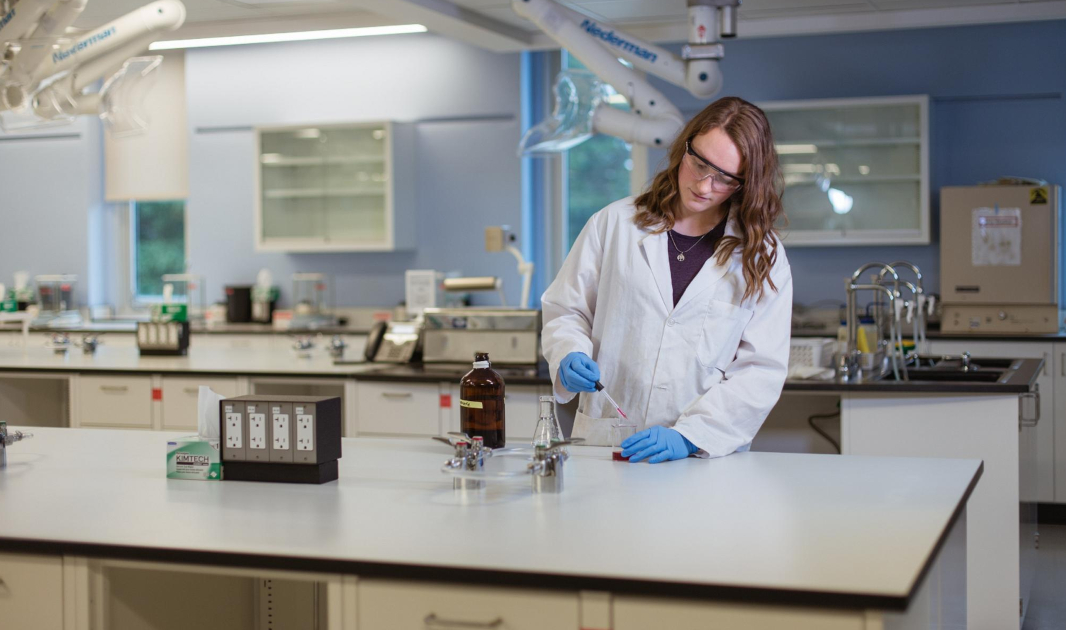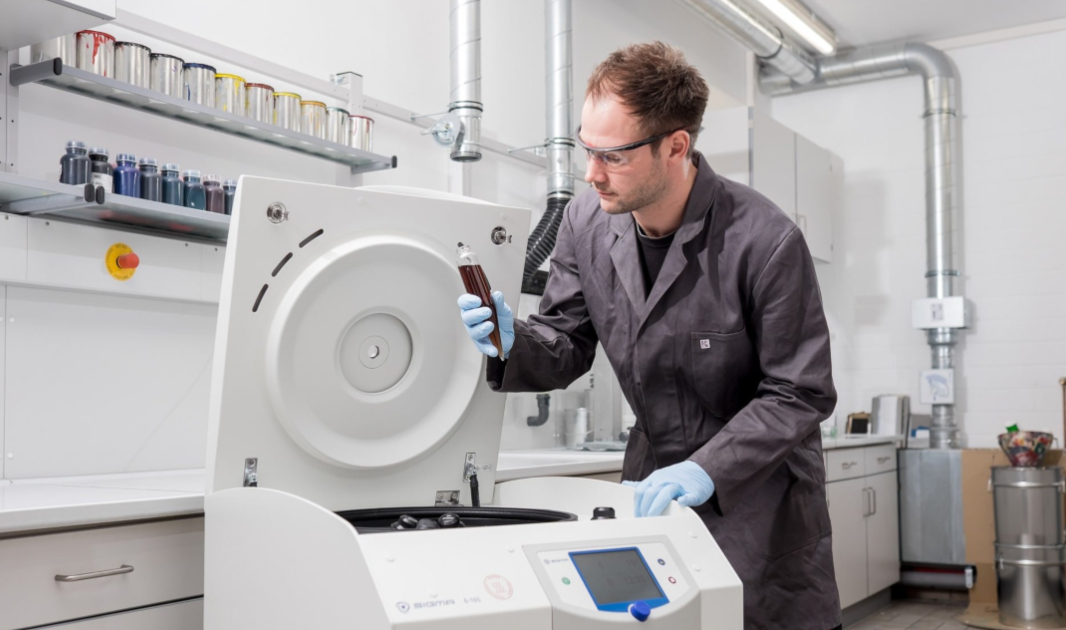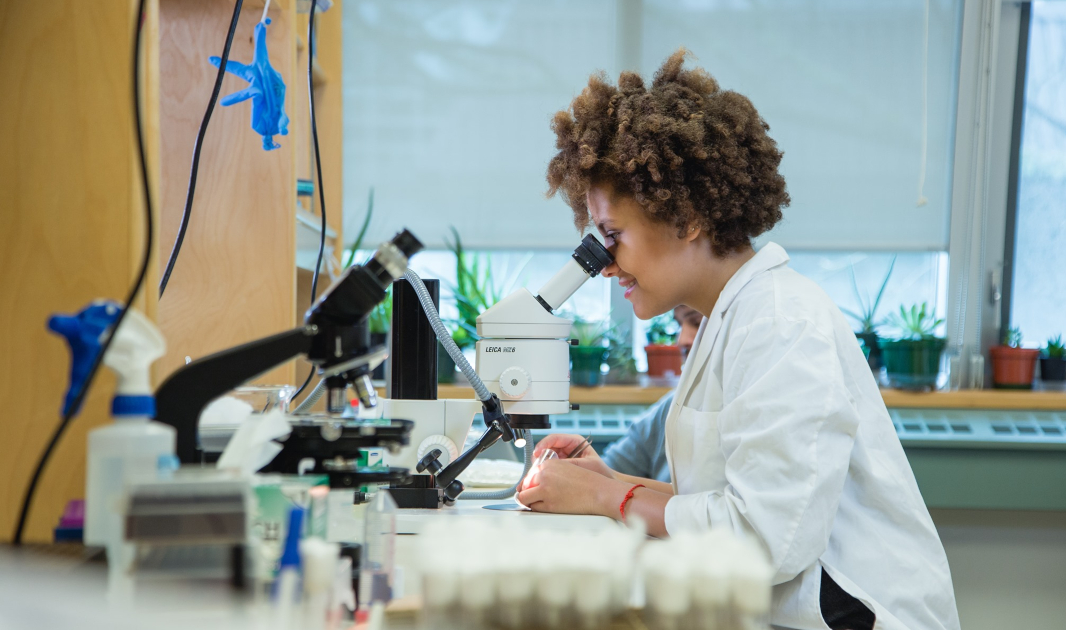Working alone should be avoided. Working with hazardous materials and equipment always poses risks to researcher health and safety.
However, these risks are heightened when working alone because help is not readily available in case of a mishap.
To reduce the risks of working alone:
- Do not perform tasks that are not appropriate for working alone.
- Reduce the amount of hazardous materials used.
- Know the location of, and maintain clear access to, emergency equipment such as a safety shower, eye wash station and fire extinguisher.
- Check alarm systems frequently and immediately take action upon alarm activation.
- Implement a buddy system.
Which tasks should be avoided on your own?
Some tasks should be avoided when working alone, including:
- Work with certain hazardous materials
- Transferring large quantities of hazardous materials
- Procedures that may create hazardous conditions if not well-controlled
- Work around high voltage
- Machine shop activities
- Confined space entry
If you must perform an essential lab function that requires one of these tasks, consult with your Laboratory Supervisor to implement appropriate controls, including a buddy system.

Implement a buddy system while working alone
A buddy system can reduce the risk of certain tasks by ensuring another person is capable of seeking help if another is injured or incapacitated in the course of their work. There are several methods to implement a buddy system, even while working alone or social distancing.
- In-person buddy: Higher-risk tasks, such as handling of cryogenic liquids should have another person within earshot, but more than 6 feet away.
- Semi-in-person buddy: If there are other researchers in your building conducting critical tasks, you may coordinate to serve as one another’s buddy. Check in to one another’s lab room regularly.
- Live remote buddy: By using video conferencing tools or a phone call, a researcher can have a buddy who is aware of their status live, but is not present in-person.
- Other remote buddy: Lower risk tasks, such as splitting non-hazardous cells, are amenable. In this system, the researcher tells their buddy where they are working, when to expect the researcher to check in, and what to do if the researcher does not check in at the appointed time. Prior to designating a remote buddy, tell them where you are working, when you are working, when you will check in, and what to do if you do not check in on time.
How can you work safely with cryogens?
Many instruments and equipment require regular fills with cryogenic liquids such as liquid nitrogen and liquid helium. Cryogenic liquids can rapidly expand as gases and displace the oxygen in the room, creating a hazardous atmosphere. To reduce risk:
- ALWAYS have a buddy available when working with cryogenic liquids.
- Wear appropriate streetwear and PPE, including insulated gloves in good condition.
What’s the best way to prepare for working alone?
Create a Safe Work Alone Plan:
- Conduct a Risk Assessment for critical tasks. Consider what can go wrong and how adverse impacts can be eliminated or reduced.
- Consult with your Laboratory Supervisor on which tasks are not appropriate for working alone and how the hazards can be controlled. Review the risk assessment together.
- Identify hazard controls such as:
- Eliminating the use of hazardous materials
- Minimizing the quantity of hazardous materials used
- Performing all work with an appropriate engineering control (e.g., chemical fume hood for chemical work, biosafety cabinet for work with biohazardous materials)
- Implementing a buddy system
- Wearing appropriate personal protective equipment. Always wear appropriate PPE (lab coat, safety eyewear, gloves) and streetwear (long pants that go to the shoe, or equivalent, and shoes that cover the entire foot) while in the laboratory. While working alone, select PPE more conservatively than you would in ordinary circumstances. For example, under ordinary circumstances relatively few tasks require a face shield, but when working alone you may decide to wear a face shield at any time there is splash potential.

Evolve expert view
Laboratory staff who work alone in a lab should follow these general guidelines:
- Notify others. Let your manager or supervisor know when you will be working alone and what you will be doing. Participate in the risk assessment prior to working alone, as necessary.
- Implement a buddy system. Check in with someone regularly while working alone in the lab, including at the start of your work session and when you leave.
- Be alert and aware of your surroundings. Wearing ear buds or headphones should be avoided as it reduces situational awareness.
- Wear required PPE in the laboratory, even after hours. This includes long pants, enclosed shoes, lab coat, and safety glasses.
- Know the location of emergency equipment
You might also be interested in
Discover all of our latest news and insights from Evolve
Evolve is your trusted science partner
At Evolve, we have specific sector knowledge and tailor scientific solutions to your requirements by selecting and adapting our service offering, which includes:
- Facility design, laboratory supplies and lab furniture layout
- Expertise to help you make quick and informed decisions for all your clinical, scientific or analytical needs
- We can provide you with a comprehensive maintenance and support service
- We offer training in a number of areas of interest to the scientific community
Our proactive, consultative approach is underpinned by the expertise of our team of dedicated professionals, ensuring that you’ll get personal support from one of our experts.
If you need to speak with someone from Evolve, please visit our Support Centre page.


